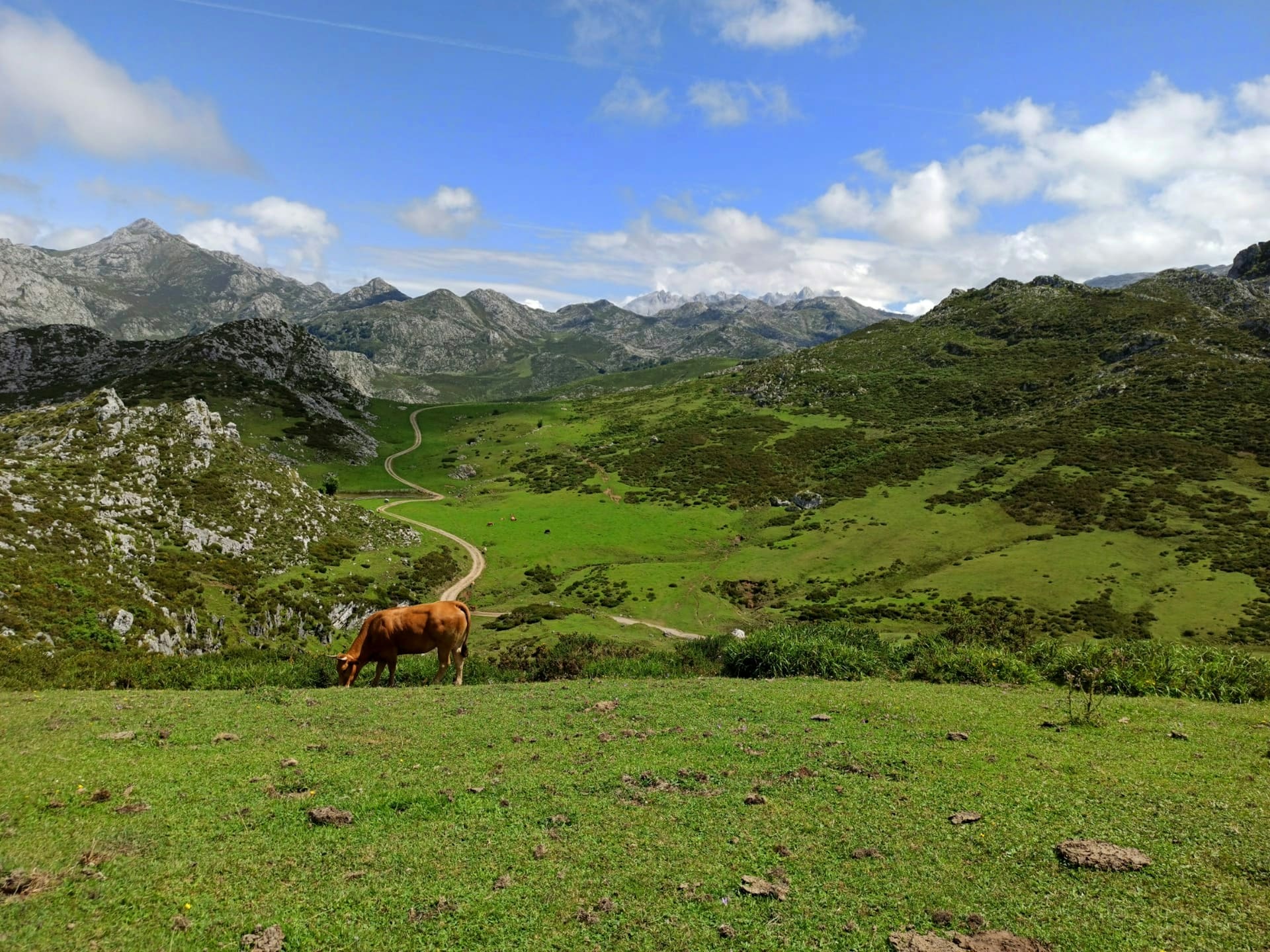Isabel Martin-Benitez has taken on the role of director with the Tourist Office of Spain
The new Tourist Office of Spain director in this country is inviting those wanting to become conversational in the language of Miguel Cevantes, Salvador Dali and Pablo Picasso to study it in the very country in which it originated.
Isabel Martin-Benitez says there are many Spanish language schools found throughout her homeland that are happy to receive students from abroad, and students who do choose them will benefit in a manner unavailable to their counterparts who remain in this country.
“If you’re studying Spanish in Canada, you can learn but not like in Spain, where you’re talking to people in Spanish (continually),” she says. “And you can enjoy Spain (while studying) — the weather, the tapas, the flamenco.”
Martin-Benitez arrived in her Toronto office eager to promote some lesser-known sides to her country, which each year sees huge numbers of foreign tourists drawn by its sun-soaked beaches.

But Martin-Benitez says Canadians are not likely to venture to Spain simply to enjoy a beach vacation and so she’s focusing on promoting the country’s culture, history and landscapes.
“We are not just sun and beaches,” she states — adding her homeland is extremely varied, with the likes of food and landscapes differing markedly from region to region.
“I think Canadian people are looking for history and culture.”
Spain’s long history means that it has been shaped by different civilizations, with Moorish influences found in southern Spain’s Andalucia region. Those influences are highlighted by Granada’s Alhambra, the long-standing structure that’s served as both a fortress and a palace, and which is considered a particularly striking example of Islamic architecture. It has UNESCO World Heritage Site status.

Roman ruins can be found in different parts of the country.
A flourishing wine industry means that wine routes showcasing vineyards can be found in parts of Spain.
Modern-day Spain has varied cultural sides as well, with Martin-Benitez noting that the country has several languages and dialects, including Catalan, found in Catalonia, home to Barcelona.
Barcelona has been in the news this year because of demonstrations denouncing tourism, with some residents saying it’s lowering their quality of life. But Martin-Benitez says anti-tourism protests took place in the busy summer season, and those visiting Barcelona or other parts of Spain in fall, winter or spring will encounter far fewer visitors and there won’t be resentment.
Tourism is hugely important to the Spanish economy, something the Spanish people are well aware of, she adds.
Winter weather is found in parts of Spain, with skiing available in some areas, but winter temperatures are higher than they are here and some parts of the country are reasonably balmy during the winter months, with temperatures reaching the likes of 23C.

Fall weather makes Spain a “perfect destination,” Martin-Benitez stated.
Travel to Spain from this country is on the upswing, with some 645,000 of us last year visiting a country where “you have everything in one destination,” Martin-Benitez adds.
Seasonal air service is available from Canada to such cities as Madrid, Barcelona and Malaga, with Martin-Benitez hoping to see that service become year-round. Those wanting to reach Spain during the off-season can travel through France, Germany or Portugal.
Meanwhile, Martin-Benitez says it’s easy for visitors to travel within Spain, pointing to the likes of high-speed train service that enables people to travel from Madrid to such cities as Barcelona, Seville or Malaga within three hours.

















